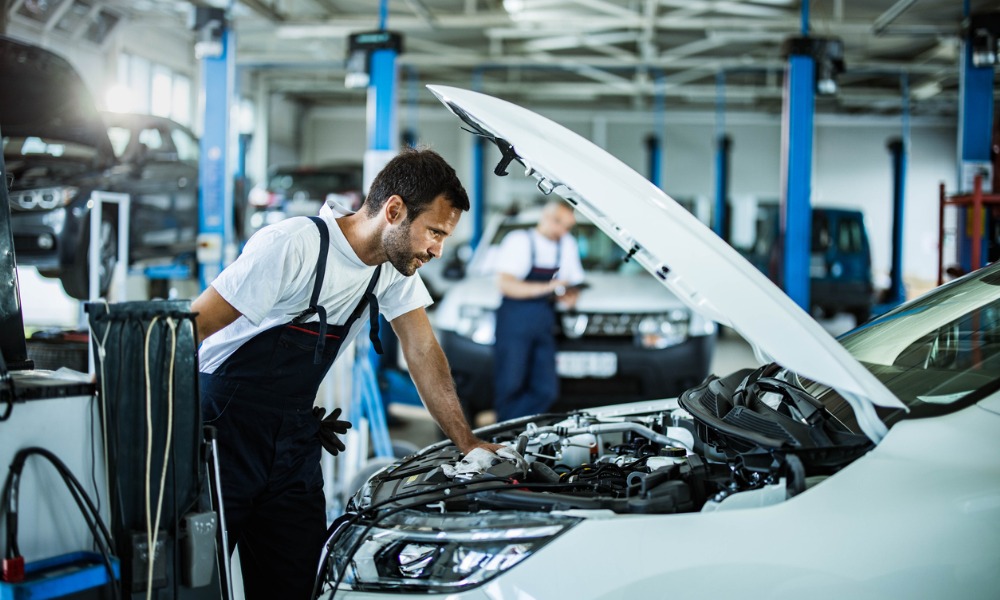Undrivable cars generate expenses without providing any transportation value to their owners. These vehicles occupy garage space, accumulate registration fees, and create ongoing insurance costs. Cash for undrivable car services transforms these liabilities into immediate financial returns through systematic evaluation and recycling processes. The conversion happens faster than most owners expect, typically concluding within a single day.
Non-running vehicles face narrow selling options through traditional markets. Private buyers rarely show interest in automobiles requiring towing to move. Dealerships refuse trade-ins on cars that won’t start or drive onto their lots. When costly repairs aren’t worth it, Get Instant Cash for Undrivable Cars in Perth – Free Removal Included becomes a practical alternative to selling traditionally. These operations have developed efficient systems for extracting value from cars that conventional buyers reject outright.
Assessing value
Buyers evaluate undrivable vehicles through structured assessment processes that identify remaining worth. The evaluation looks beyond whether engines start or transmissions shift gears. Weight becomes a primary consideration since metal content determines baseline scrap value. Larger vehicles like trucks contain more steel, translating to higher offers than compact sedans of similar vintage.
Component inventory adds another layer to valuations. Cars with intact catalytic converters fetch better prices due to precious metals inside these emission control devices. Batteries retain value even when drained. Tires in decent condition get resold rather than scrapped. Assessors check for aftermarket additions like upgraded stereos or custom wheels that might have resale potential. The assessment happens quickly, often concluded through phone conversations where owners describe their vehicle’s specifications and condition honestly.
Metal recycling operations
Scrap yards’ process undrivable cars through industrial recycling procedures that separate materials by type and value:
- Vehicle fluids get drained, including motor oil, transmission fluid, coolant, and brake fluid
- Batteries and catalytic converters receive immediate removal for specialized processing
- Usable parts get pulled and cataloged for resale to repair shops
- Bodies pass through shredders that break metal into manageable pieces
- Magnets separate ferrous metals like steel from non-ferrous metals like aluminum
- Sorted metals get compacted into bales for transport to smelting facilities
Aluminum follows similar paths but commands higher market prices. Recycling creates a steady demand for end-of-life automobiles regardless of their running condition.
Logistics and transport
Moving undrivable vehicles requires specialized equipment and trained personnel. Buyers dispatch flatbed trucks or car carriers to collection locations. These vehicles come equipped with winches capable of pulling non-running cars onto loading platforms. Wheel dollies help manoeuvre automobiles with seized brakes or flat tyres. Operators secure vehicles using chains and straps that prevent shifting during transport.
Collection crews handle various challenging scenarios regularly. Cars stuck in mud or sand require extra effort. Getting rid of vehicles in tight spaces requires careful extraction. Crews work around obstacles like low-hanging power lines. The transport service gets included in purchase prices rather than being charged separately. This arrangement simplifies transactions since owners know upfront exactly what they’ll receive without hidden deductions.
Cash for undrivable car services extracts value from vehicles that traditional markets reject. Each element contributes to converting immobile automobiles into immediate cash payments. Owners gain financial returns while eliminating ongoing costs associated with keeping non-functional vehicles. The recycling industry maintains a constant demand for these cars since metal recovery operations need continuous material supplies. This convergence creates reliable markets where undrivable vehicles retain monetary worth despite their inability to provide transportation services.




